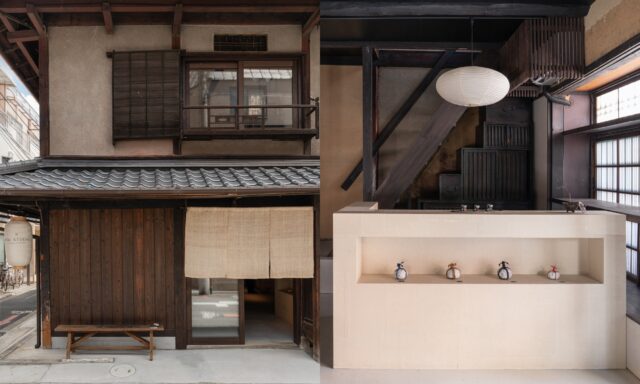“Atelier DENSAN” Opens Pop-Up Stores Featuring Traditional Craft Products in Three Cities Around the World
KOGEI Topics VOL.24
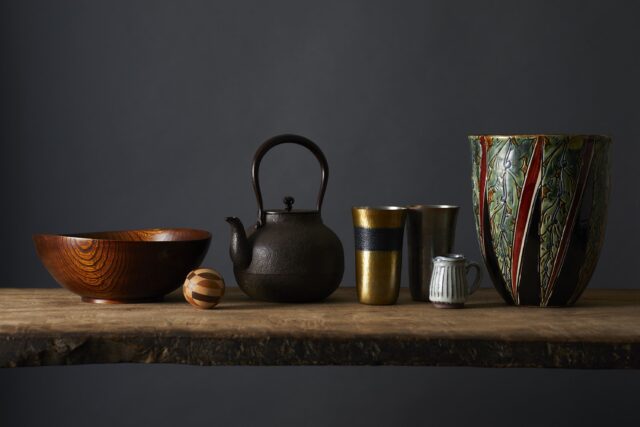

VOL.1-24
Update
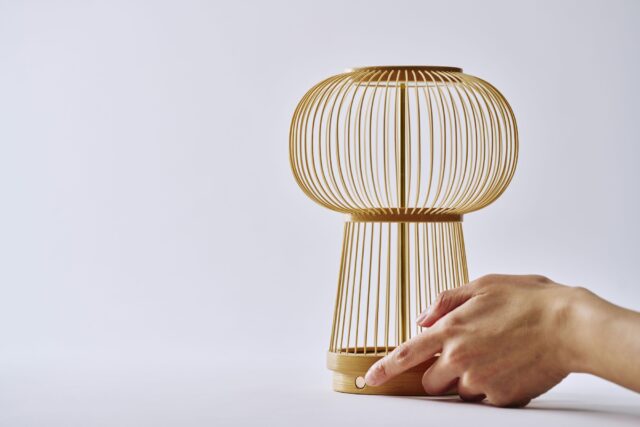
VOL.1-22
Update

VOL.1-49
Update
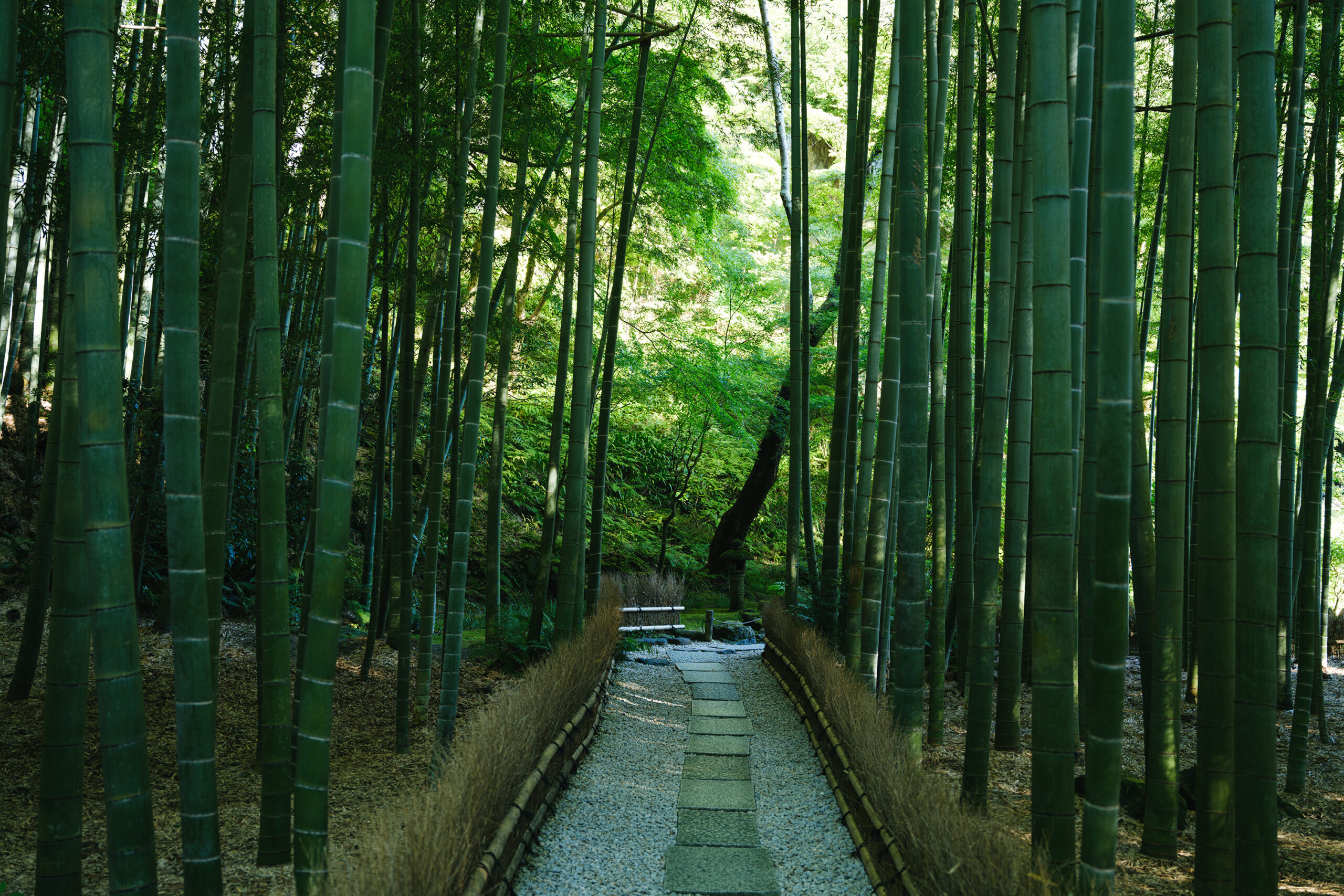
VOL.1-3
Update
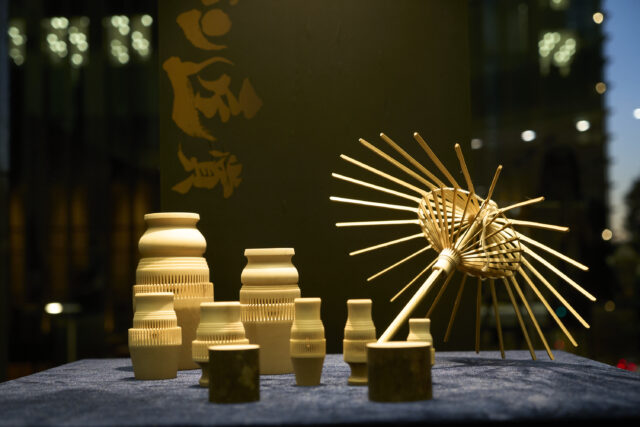
VOL.1-27
Update
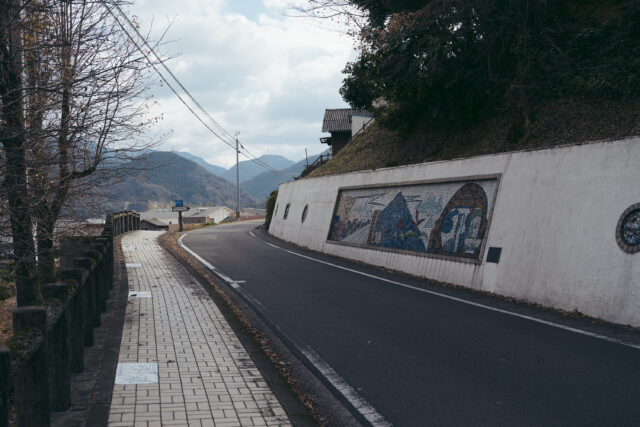
VOL.1-4
Update
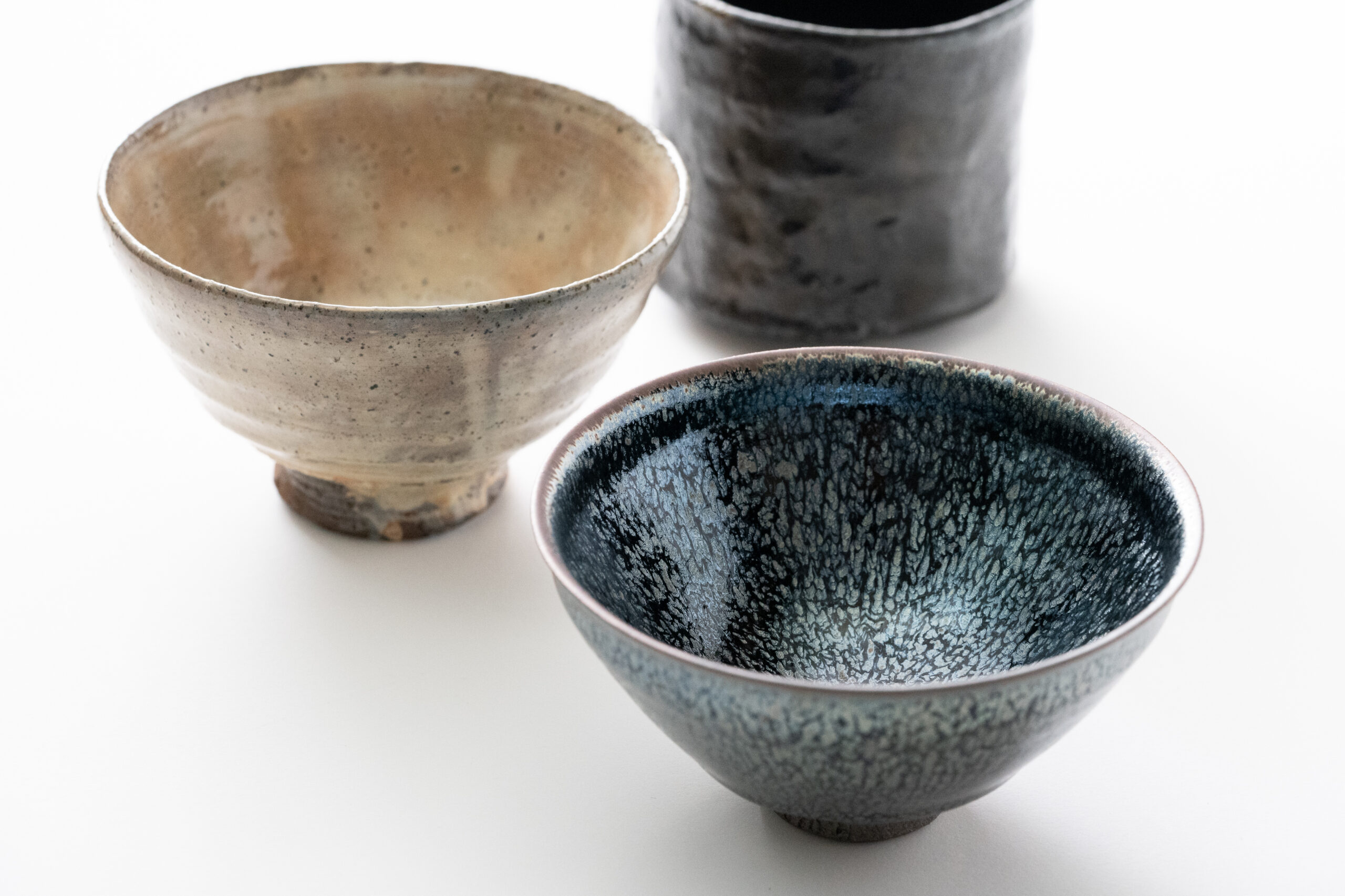
VOL.1-3
Update
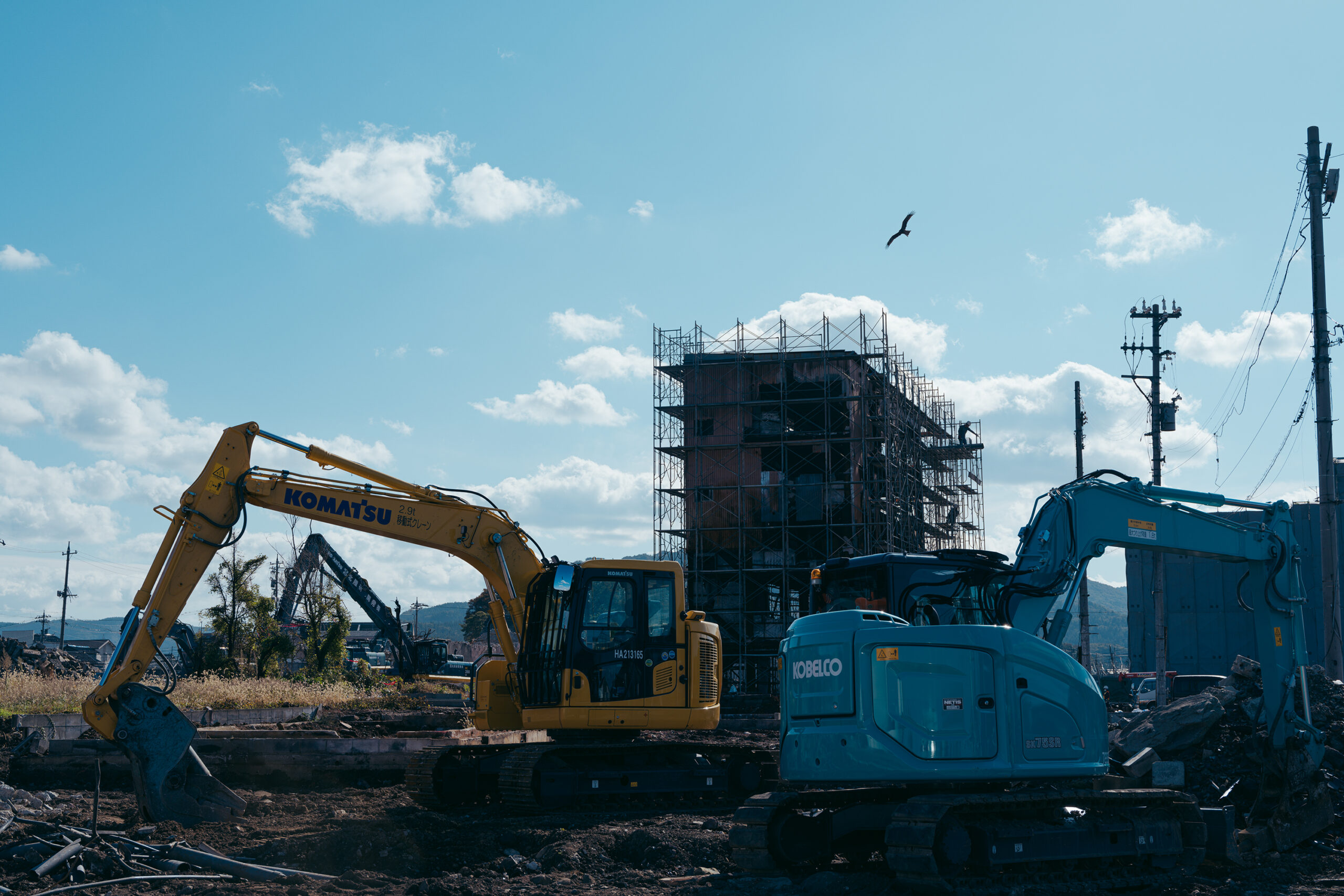
VOL.1
Update
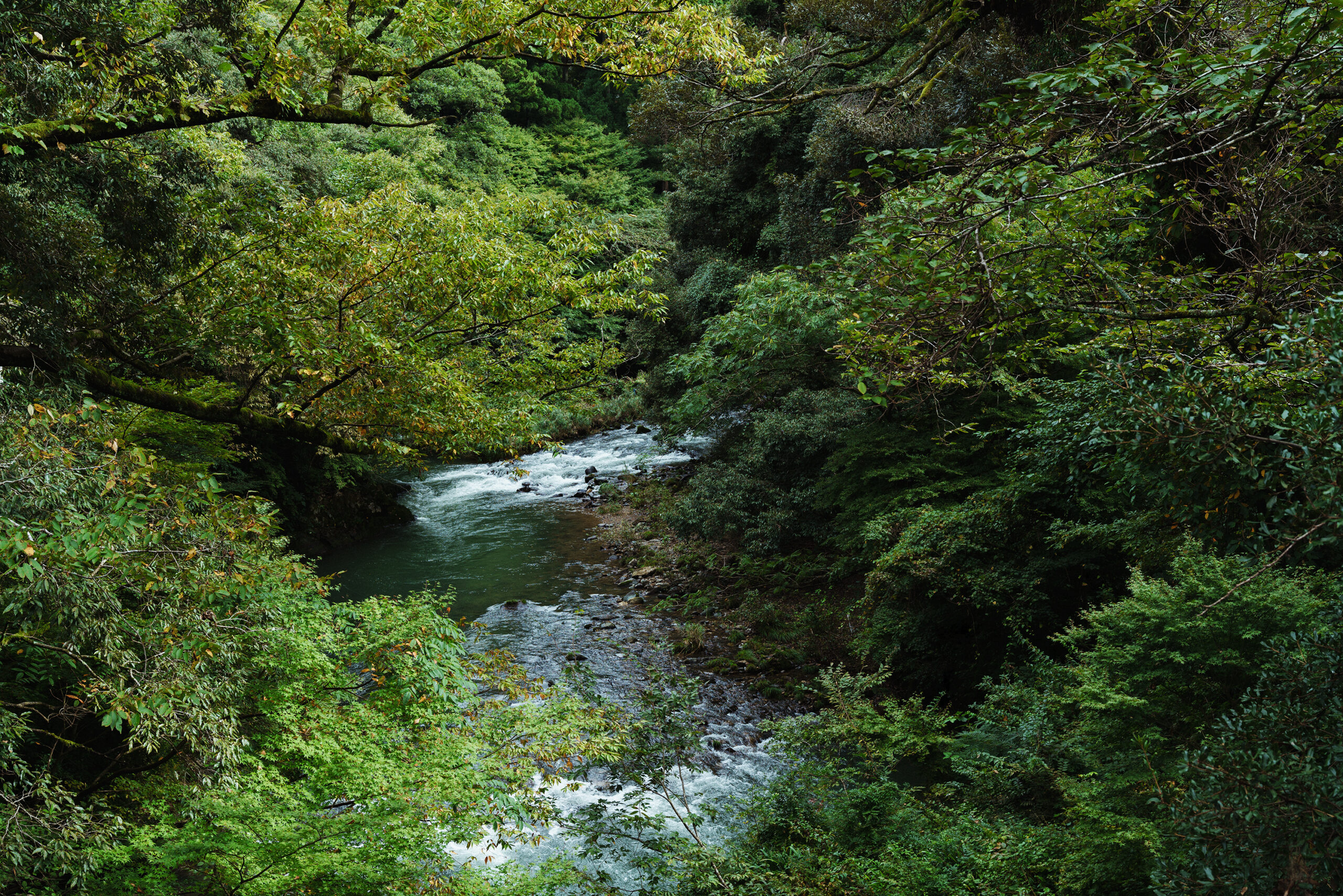
VOL.1-7
Update
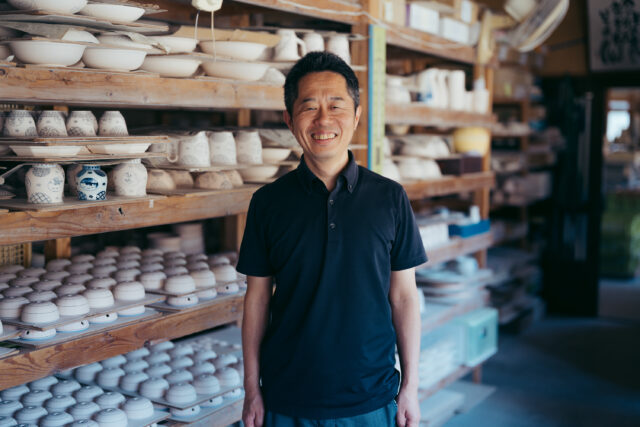
VOL.1-32
Update
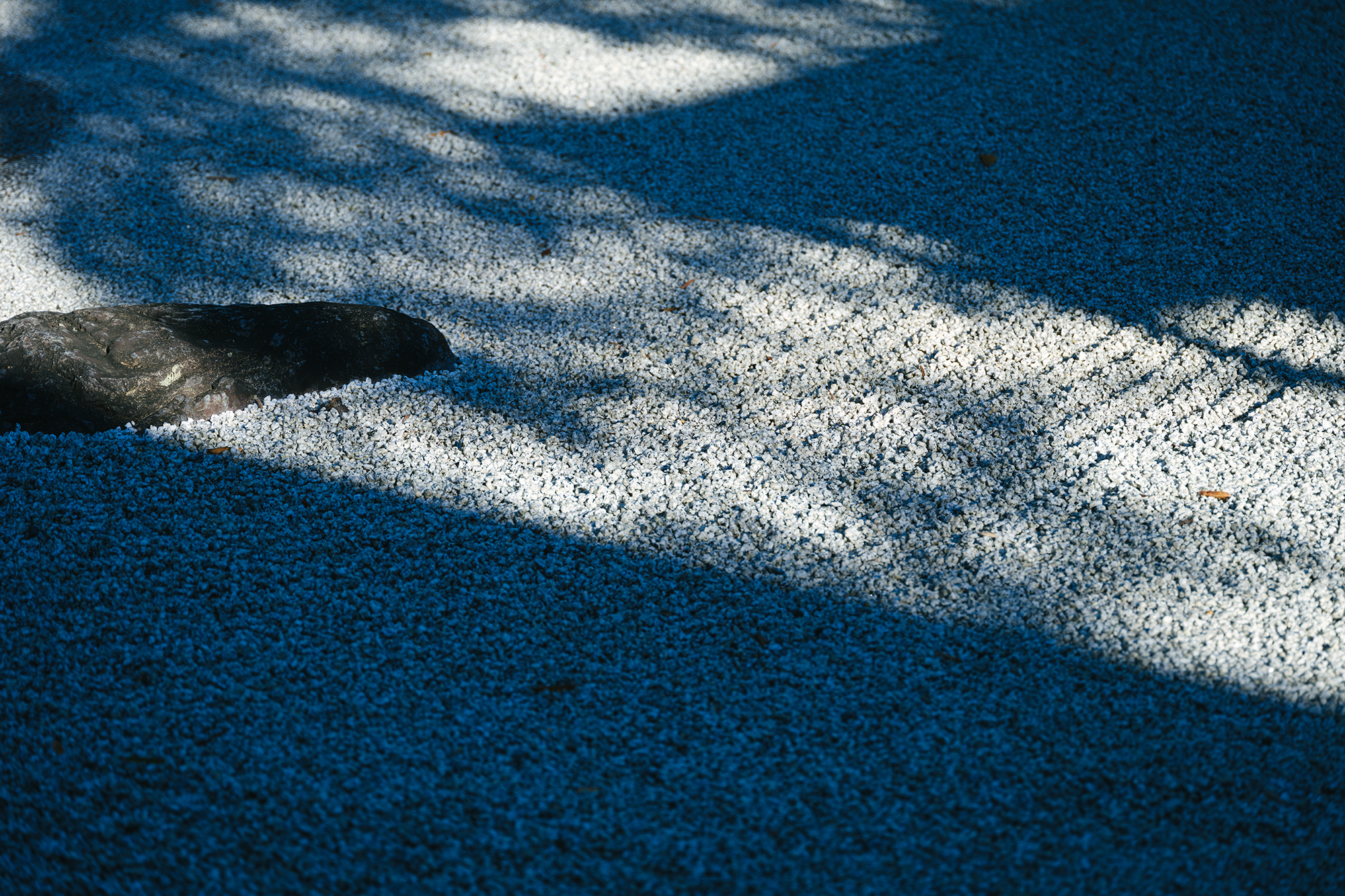
VOL.1-12
Update
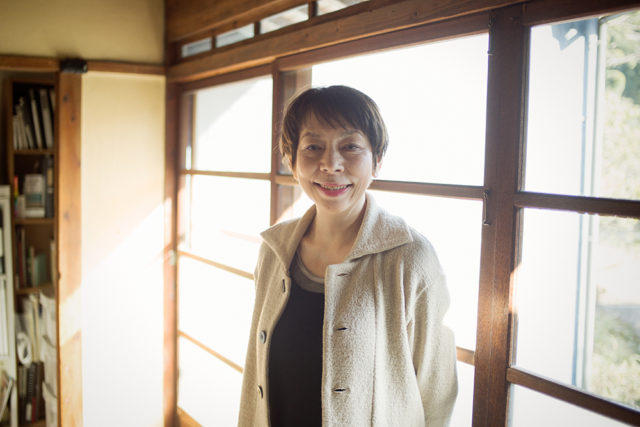
VOL.1
Update
We share a variety of information and perspectives on Japanese crafts, including exhibition information and interviews.
KOGEI Topics VOL.24
New Products VOL.22
KOGEI Topics VOL.23
Featured Exhibitions & Events VOL.49
Nov 14 – Nov 19, 2025
KAKIDEN GALLERY
Nov 15 – Nov 22, 2025
Gallery Utsuwa Note
Nov 15 – Nov 23, 2025
TOBETOBEKUSA
Nov 15 – Dec 7, 2025
GALLERY SUGATA
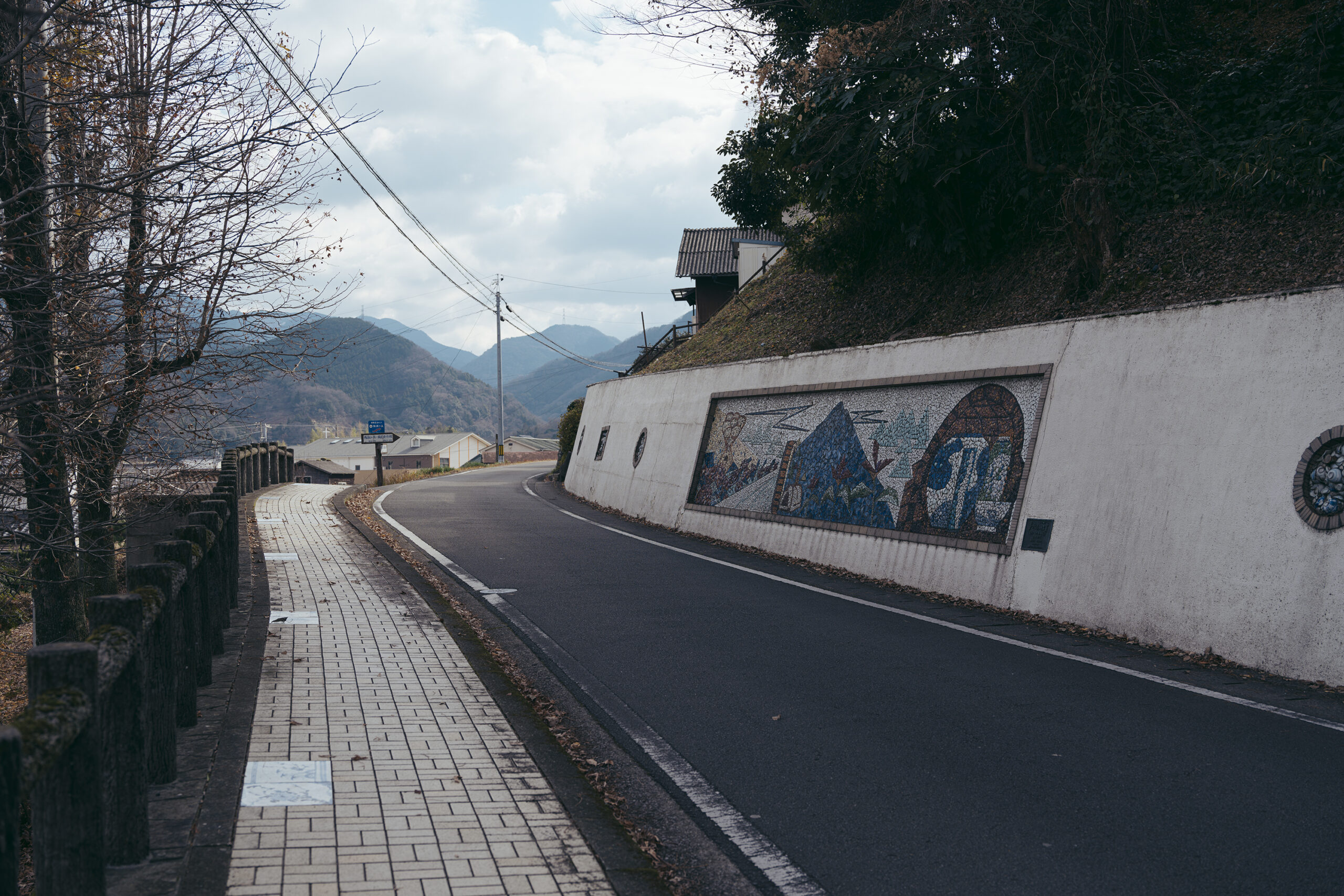
Since the Nara period (710-794), Tobe has been known as a source of whetstones. According to records from the Shosoin Imperial Repository, a whetstone called “Iyo-to,” quarried from Toishi Mountain (literally means “whetstone mountain”) was used during the construction of the famous statue of Kannon at Todaiji Temple in Nara. It is believed that this is the origin of the name “Tobe” (砥部), as the character “砥” (read “toh”) refers to whetstones, and “部” (read “beh”) indicates a place or region associated with the production of these stones. This connection between the local production of whetstones and the town’s name is an important part of Tobe’s history.
The origin of today’s Tobe ware dates back to the Edo period (1603-1868), when, under the orders of the lord of the domain, Josuke Sugino took on the challenge of producing porcelain using whetstone waste. At the time, the waste produced during the cutting of whetstones was considered industrial waste, a troublesome material that incurred costs for disposal. In this situation, Sugino, after numerous trials and errors, succeeded in creating hand-painted blue and white porcelain using whetstone waste as a raw material. This can thus be considered an early form of recycling. Later, with the discovery of Kawanobori porcelain stone, which contains less iron, the quality improved, leading to the creation of fine pieces of iro-e colored porcelain and light yellow porcelain. During the Meiji period (1868-1912), rice bowls with the blue-and-white stenciled designs of kata-e sometsuke became popular and were exported worldwide under the name “Iyo Bowls,” gaining international recognition.
Tobe ware is known for slightly thick shapes with simple hand-painted blue-and-white sometsuke designs, basic characteristics that have been passed down to the present day. This is largely owing to the influence of key figures of the Mingei (folk art) movement, such as Soetsu Yanagi, Bernard Leach, and Shoji Hamada. In the years following World War II many kilns in Tobe were forced to close, leaving only a few remaining. In such difficult circumstances, these figures taught Tobe’s potters the value of handcrafting, the very foundation of Tobe ware, and showed them the way to revitalize the tradition. As a result of their influence, many of Tobe’s potters today take pride in creating handmade ceramics, and the traditional techniques of Tobe ware continue to be passed down.
More than 70 years since the visit of Soetsu Yanagi and others, both society and people’s lives have drastically changed. However, one reason why Tobe ware continues to be loved is undoubtedly because of its excellent practicality, and their ability to blend seamlessly into daily life. Having been nurtured by daily use, Tobe ware’s focus remains sharp, and today, while rooted in tradition, many works with unique personalities continue to be created. A visit to Tobe will surely bring to light the intrinsic charm of Tobe ware, which has always been intertwined with daily life.
Reference
Tobe official website
https://www.town.tobe.ehime.jp/
Tobeyaki Cooperative official website
https://www.tobeyaki.org/
Ehime Prefectural Lifelong Learning Center database “Ehime’s Memories”
https://www.i-manabi.jp/system/regionals/regionals/search
Supervised by Tobe town. A Guidebook to the Fifty-three Stations of the Tokaido (Ceramics Road): Exploring Tobe’s Heritage (Ehime Living Newspaper)
Baizan Ancient Pottery Museum
